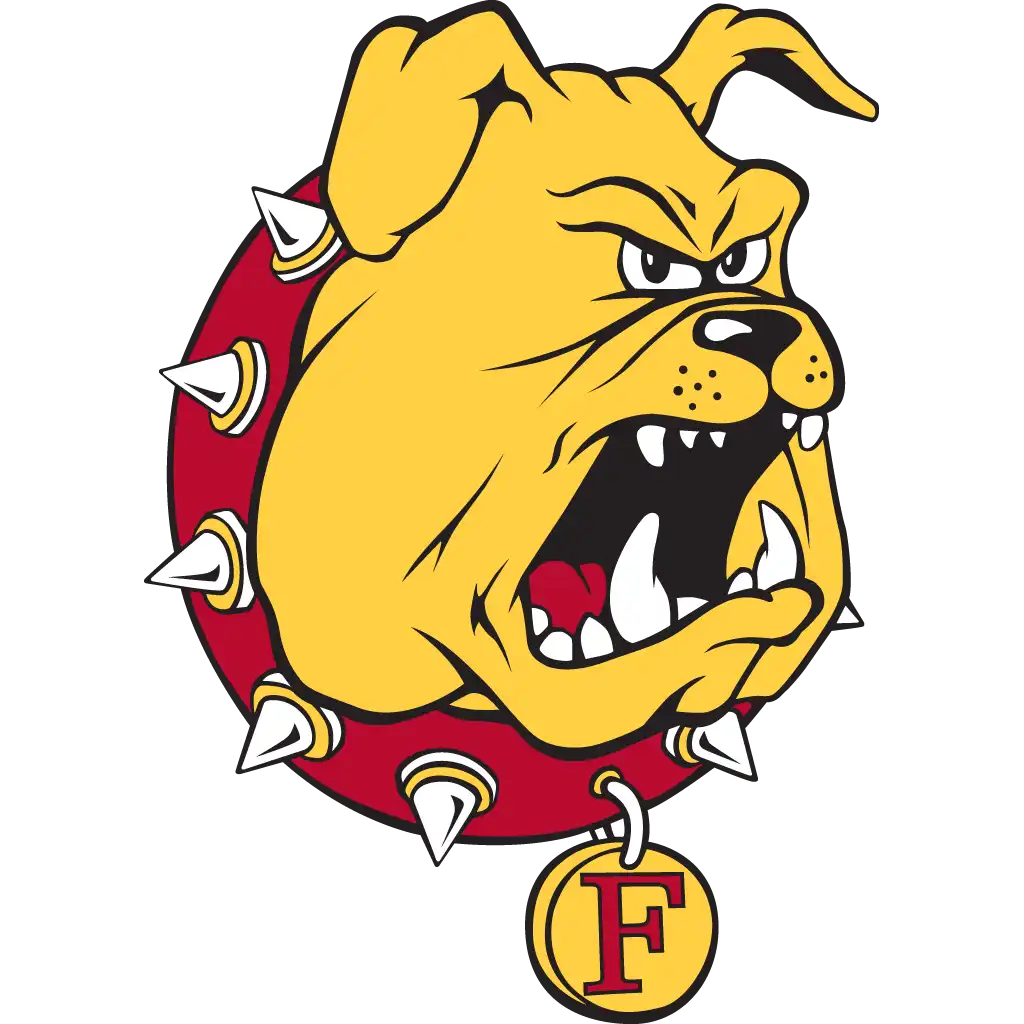 Oftentimes, as a group of creative Ferris State University students discovered, understanding
history can shed a little light on future opportunities.
Oftentimes, as a group of creative Ferris State University students discovered, understanding
history can shed a little light on future opportunities.
Under the guidance of William Culpepper, assistant professor of Graphic Design at Ferris, students ventured into the Big Rapids community as part of a project designed to serve an educational purpose with a local benefit. Like many communities, Big Rapids is home to its share of buildings that are vacant or have been underutilized for one reason or another. Motivated by that reality, senior students in Culpepper’s Design Seminar class were tasked to explore alternative methods that could spark interest in the history and potential future use of three vacant buildings.
“The main reason I developed this assignment was to get the students out of the classroom to engage the community,” Culpepper said. “I wanted them to open their minds to the world and community around them. We can always ‘talk the talk,’ but I really wanted them to ‘walk the walk.’ Education can sometimes be a timid process and that was one of the reasons I wanted a project that would get the students out of the classroom and into a real-world environment.”
The buildings that were selected for the projects included: the old Gary Trimarco Automotive building, near downtown; the Pioneer Group building, north of downtown; and the train depot, on Big Rapids’ east side. Culpepper’s students projected images on the buildings – images related to the history of the facility – to create awareness of the properties and to attract the attention of passersby.
“There is a lot of mystery and confusion surrounding a lot of the buildings in the Big Rapids area, and with more education about the spaces and how they could be used, buyers may be more apt to invest in the space,” said Sarah Sawtell, a senior from Temperance. “By presenting viewers of our projections with questionnaires we were able to measure how much impact we had on the community and how much knowledge they are gaining from the experience.”
Among factors in buildings that were selected included the visibility within the community, sufficient space to project an ideal-sized image, and the history of the facility. Divided into three groups of five, students conducted research that included library visits, conversations with the staff of the Mecosta Historical Museum and first-person interviews with employees who worked in the buildings.
“Our hope with the projections was that the community would recognize the buildings again, and even if not bought up, have the buildings be seen as part of the community,” said Grandville native Dawn Brink, a member of the Trimarco building group. “In the case of our building, people pass by the building every day and probably don't even think twice about it.”
Students expressed the belief that the project strengthened their interest in the Big Rapids area and its history.
“I have really enjoyed working on this project. To me, finding old, interesting history about something that I just thought was a plain building is always fun,” said Jessica Shirey, a senior from Custer. “I was excited to show our work off to the community because, from my knowledge, no one has done this before.”
Venturing in Big Rapids has another benefit: bringing the campus and community together with a practical purpose.
“I believe the goal of the projections is to let the community see what we, as students, do and to have more art and design around Big Rapids,” Shirey said.
For a first-time project, one that will likely continue for future classes, Culpepper was pleased with the efforts of his students.
“A lot of times students want to put together the perfect project and I reminded them that this was our first time doing this project,” he said. “We knew there were going to be some things we could learn. I think it turned out great, the students enjoyed it and had ideas of how to make it better for the future.”

